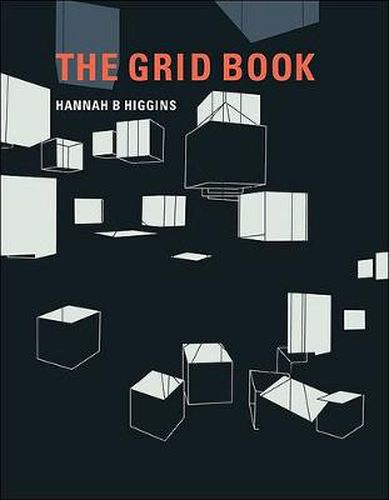Readings Newsletter
Become a Readings Member to make your shopping experience even easier.
Sign in or sign up for free!
You’re not far away from qualifying for FREE standard shipping within Australia
You’ve qualified for FREE standard shipping within Australia
The cart is loading…






Emblematic of modernity, the grid gives form to everything from\nskyscrapers and office cubicles to Mondrian paintings and bits of\ncomputer code. And yet, as Hannah Higgins makes clear in this\nwide-ranging and revelatory book, the grid has a history that long\npredates modernity; it is the most prominent visual structure in\nWestern culture. In The Grid Book, Higgins examines the\nhistory of ten grids that changed the world: the brick, the tablet,\nthe gridiron city plan, the map, musical notation, the ledger, the\nscreen, moveable type, the manufactured box, and the net. Charting\nthe evolution of each grid, from the Paleolithic brick of ancient\nMesopotamia through the virtual connections of the Internet,\nHiggins demonstrates that once a grid is invented, it may bend,\ncrumble, or shatter, but its organizing principle never\ndisappears.
\n
The appearance of each grid was a watershed event. Brick,\ntablet, and city gridiron made possible sturdy housing, the\nstandardization of language, and urban development. Maps, musical\nnotation, financial ledgers, and moveable type promoted the\norganization of space, music, and time, international trade, and\nmass literacy. The screen of perspective painting heralded the\nscience of the modern period, classical mechanics, and the screen\narts, while the standardization of space made possible by the\nmanufactured box suggested the purified box forms of industrial\narchitecture and visual art. The net, the most ancient grid, made\nits first appearance in Stone Age Finland; today, the loose but\nclearly articulated networks of the World Wide Web suggest that we\nare witnessing the emergence of a grid of unprecedented\nproportions–one so powerful that is reshaping the world, as grids\ndo, in its image.
\n\n
$9.00 standard shipping within Australia
FREE standard shipping within Australia for orders over $100.00
Express & International shipping calculated at checkout
Emblematic of modernity, the grid gives form to everything from\nskyscrapers and office cubicles to Mondrian paintings and bits of\ncomputer code. And yet, as Hannah Higgins makes clear in this\nwide-ranging and revelatory book, the grid has a history that long\npredates modernity; it is the most prominent visual structure in\nWestern culture. In The Grid Book, Higgins examines the\nhistory of ten grids that changed the world: the brick, the tablet,\nthe gridiron city plan, the map, musical notation, the ledger, the\nscreen, moveable type, the manufactured box, and the net. Charting\nthe evolution of each grid, from the Paleolithic brick of ancient\nMesopotamia through the virtual connections of the Internet,\nHiggins demonstrates that once a grid is invented, it may bend,\ncrumble, or shatter, but its organizing principle never\ndisappears.
\n
The appearance of each grid was a watershed event. Brick,\ntablet, and city gridiron made possible sturdy housing, the\nstandardization of language, and urban development. Maps, musical\nnotation, financial ledgers, and moveable type promoted the\norganization of space, music, and time, international trade, and\nmass literacy. The screen of perspective painting heralded the\nscience of the modern period, classical mechanics, and the screen\narts, while the standardization of space made possible by the\nmanufactured box suggested the purified box forms of industrial\narchitecture and visual art. The net, the most ancient grid, made\nits first appearance in Stone Age Finland; today, the loose but\nclearly articulated networks of the World Wide Web suggest that we\nare witnessing the emergence of a grid of unprecedented\nproportions–one so powerful that is reshaping the world, as grids\ndo, in its image.
\n\n